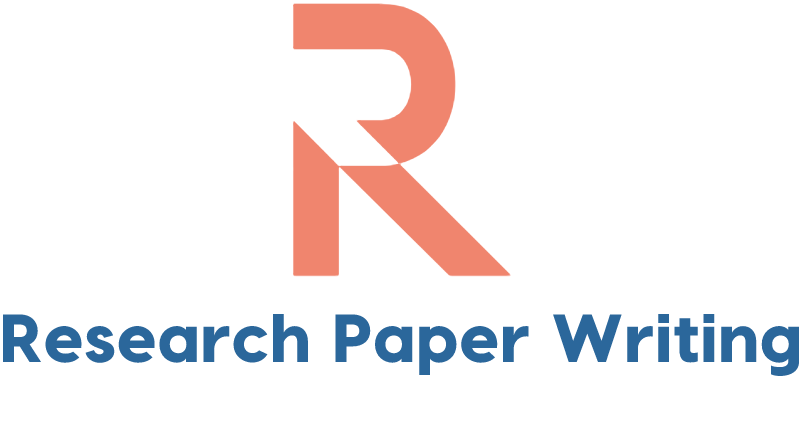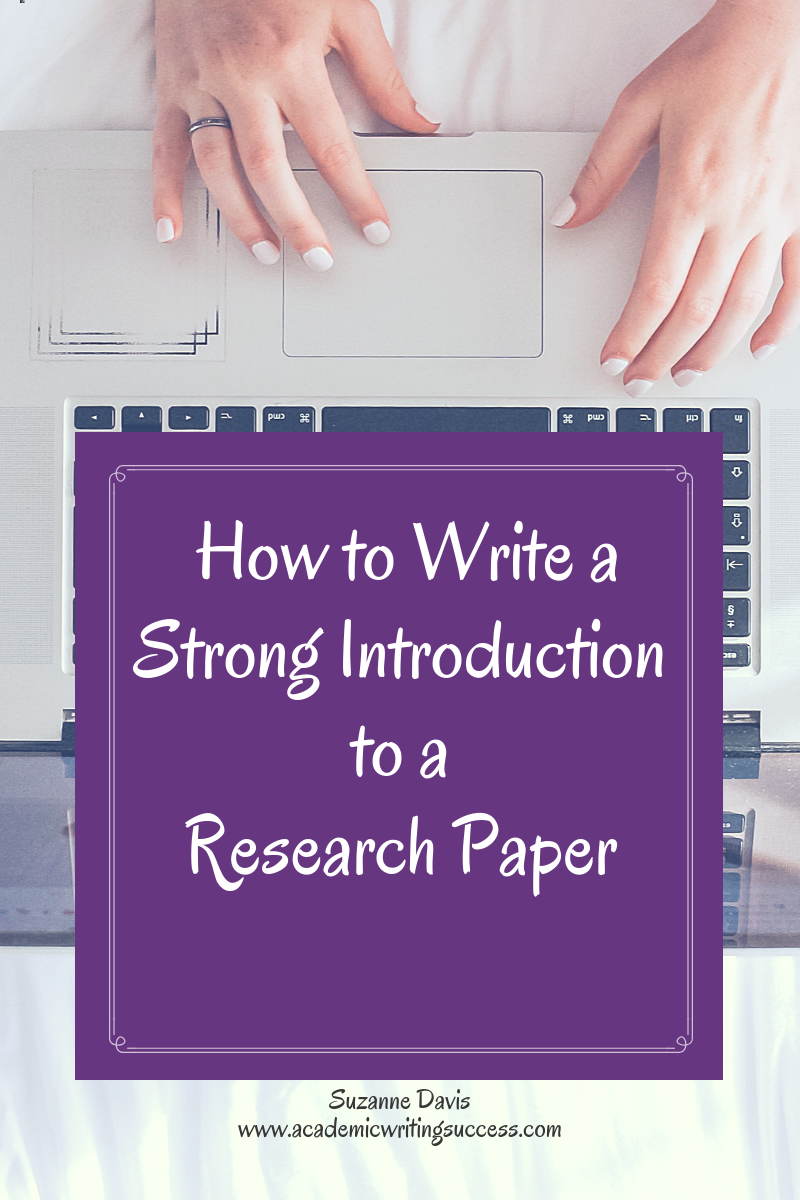There are several different techniques for writing a good introduction. Some of these are Inverted pyramid, Catchy hook, Turnabout, and Developing a statement for the main body. These methods are described in this article. Here are a few examples of effective intros. To make the introduction work for your paper, you should follow them. You can also use a combination of these techniques. But regardless of what approach you choose, make sure it is effective.
Inverted pyramid
An inverted pyramid structure begins with the most important point and gradually narrows in length as the secondary information is described. The final section should state the overall aim or research question of the paper. The “inverted pyramid” structure works best when you begin with a general statement of the topic and end with a specific reference or question. Listed below are a few tips to follow to create an effective introduction.
The inverted pyramid style is one of the most common types of writing that journalists and media writers use. It is an effective structure for presenting a wide range of content. When used properly, it can produce a compelling piece of content, and is perfect for articles that cover current events or upcoming events. You can also use the pyramid style for explanatory or blog posts. It’s easy to adapt to any type of writing and is a proven way to get your points across.
Turnabout
How to start a turnabout research paper introduction? There are several ways to begin the intro. For example, you can present the opposite view of the topic by presenting a short anecdote. Anecdotes are interesting and can attract the reader’s attention. However, you must keep in mind that your hook does not have to be impressive. Just make sure that it will guide your reader into the topic and situate the ideas within the context of your paper.
The introduction should also tell the reader what the topic is and why it is important. You can do this by opening with an interesting fact, strong statement, question, anecdote, or anecdote. Remember that the introductory paragraph should not be too long. The introduction should have a strong hook that will draw the reader in and get them interested in the topic. If you have a strong hook, it’s possible to make the topic more relatable.
Catchy hook
Your introduction should answer the why question. It should describe why the topic you choose is important and what method or approach you used to explore it. It should also point out a gap in knowledge and define territory within a larger area of study. Here are some tips to help you write an excellent introduction. Read on to learn how to create a catchy hook for your research paper. After you’ve done that, you should move on to writing the rest of your research paper.
When drafting the hook, consider the topic of the paper. If you’re writing about economics, for example, your hook can be about a famous economist. After you’ve finished your paper, write the hook and tailor it to the goals of your essay. If you’re writing an introduction for an economics paper, you can use the hook of a famous economist. In both cases, use a topic related to your topic to make the transition as seamless as possible.
Developing a statement in the main body
The hook in the introduction should be a general question or problem that affects many people. The problem should be urgent enough to warrant an investigation and should contextualize the discussion. In addition, the statement should be accompanied by a review of past solutions, and explain how each one failed to achieve the desired effect. The statement should also be accompanied by a hypothesis, which may be either normative or descriptive.
Once you’ve chosen the topic, the next part of the introduction is to make the reader want to read more. The thesis statement is a summary of the paper’s purpose and topic. It’s your chance to sell the topic to them. A good statement will inform them about your topic and make them want to continue reading. This is why the introduction is so important. An effective thesis statement should set the stage for the rest of the paper.
Writing after the rest of the paper
The introduction is usually the last part of a research paper. It should be written after the thesis, objectives, and methods sections. This makes it easier to choose the best content and reduce the number of words. Once you have decided on a topic, write an introduction that explains what it is about. This will help your reader to understand what the paper is about and why it is important. However, you should be sure to address the question “why?” in the intro.
The hook of your paper does not need to be impressive or creative, but it should guide the reader into your topic and situate your ideas. Hooks vary depending on the type of paper you’re writing. For example, an argumentative paper might explore a broad background before stating the topic. On the other hand, an empirical paper will place the ideas within their context. When choosing a hook, it is important to make sure that your hook is appropriate for the type of paper you’re writing.

